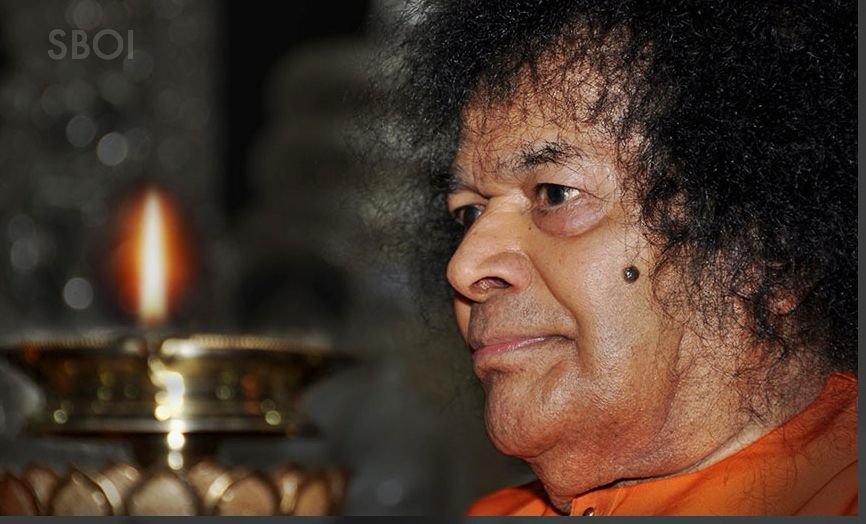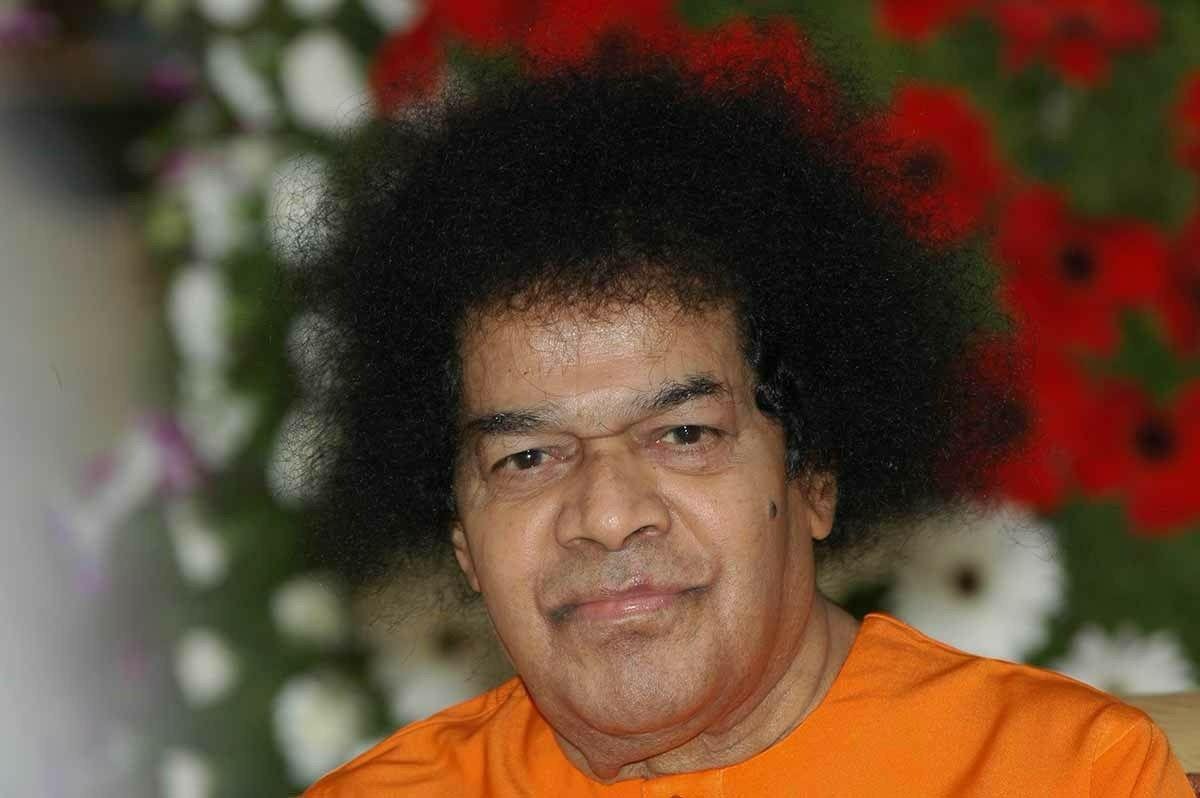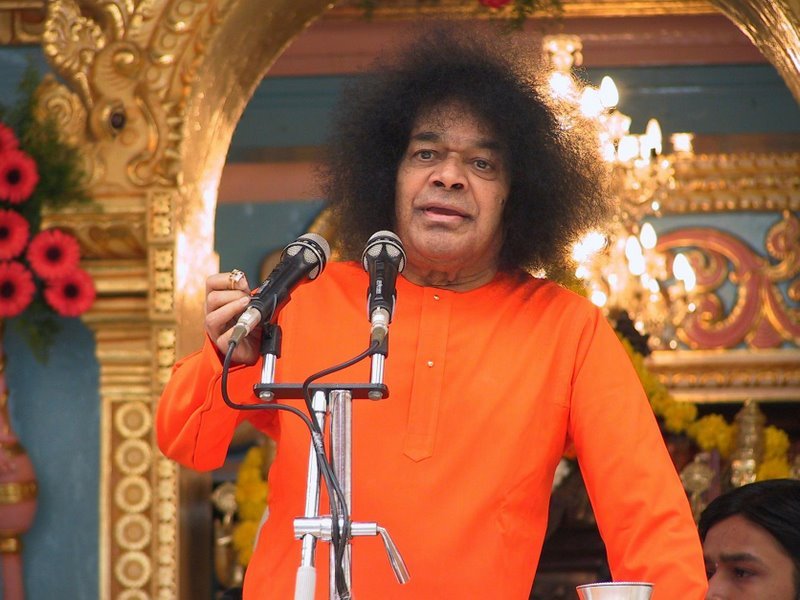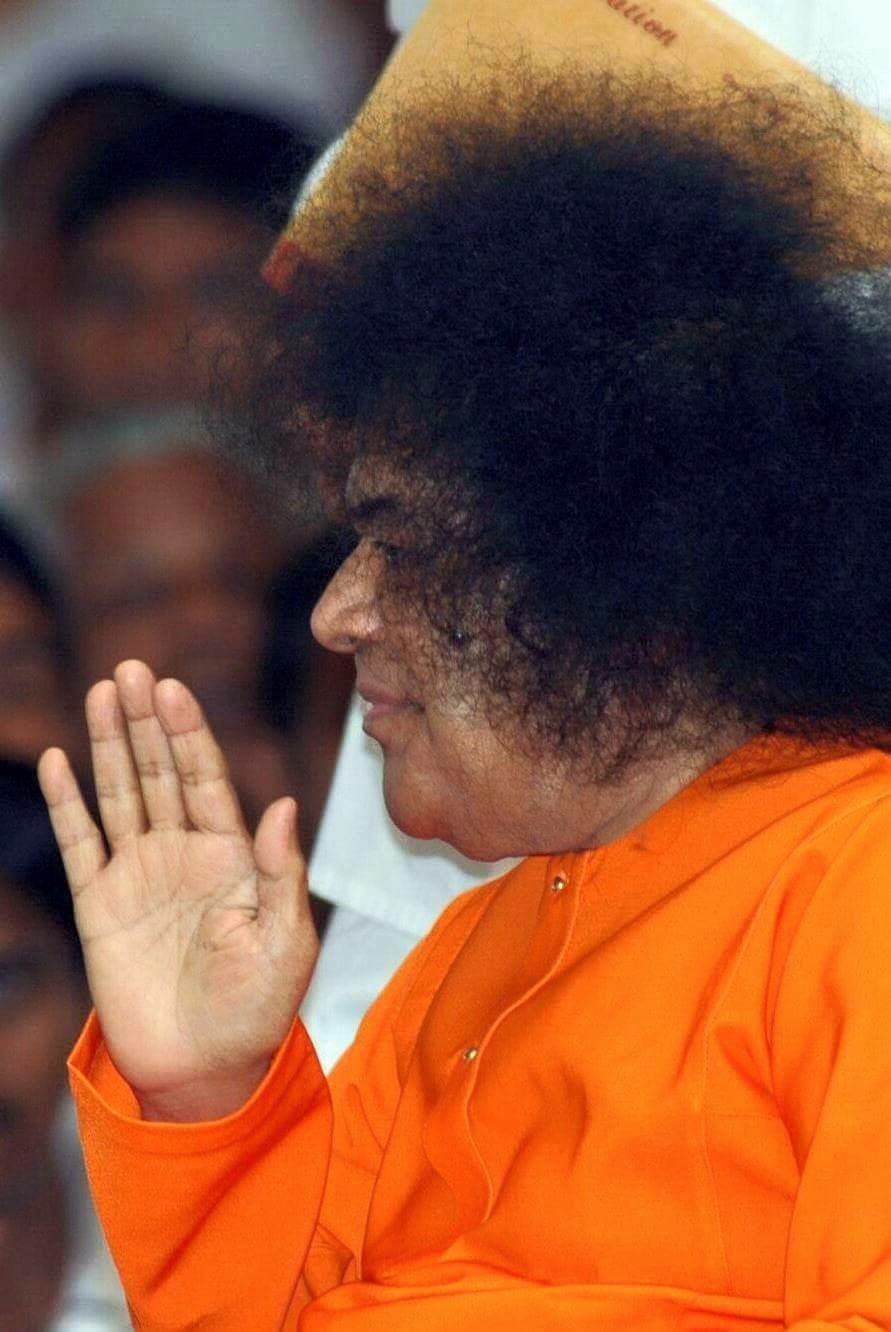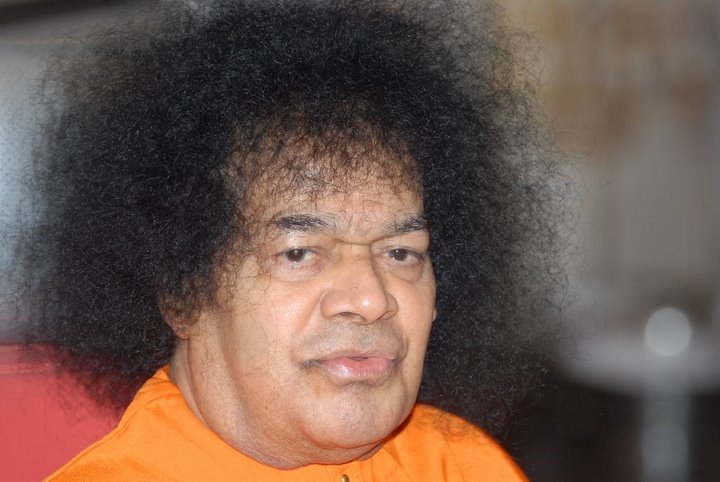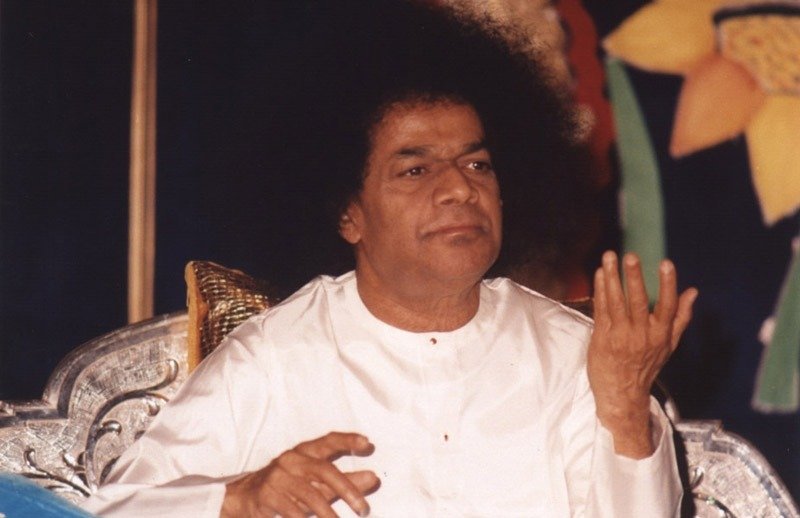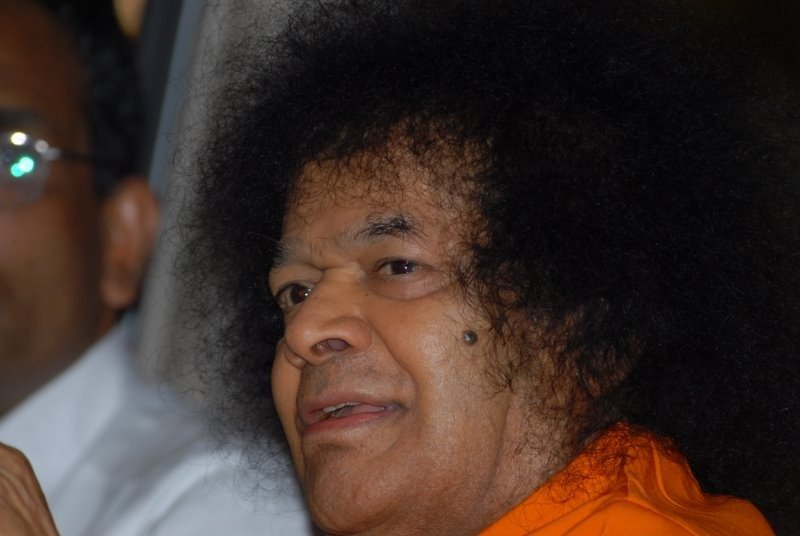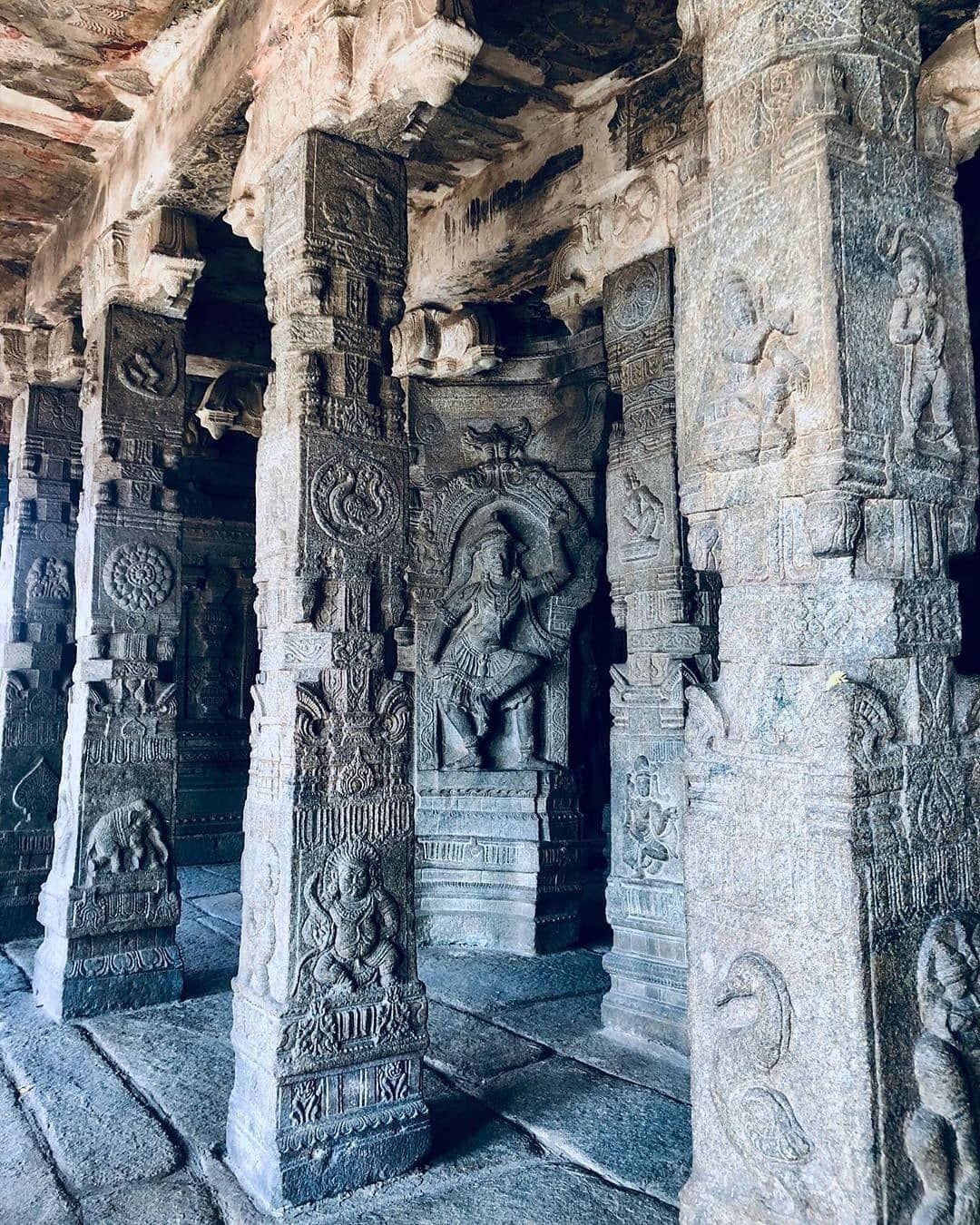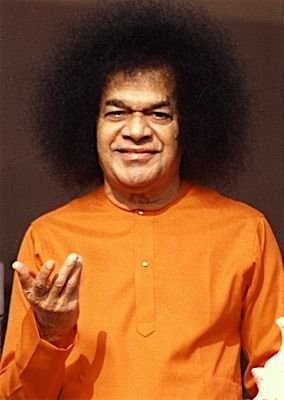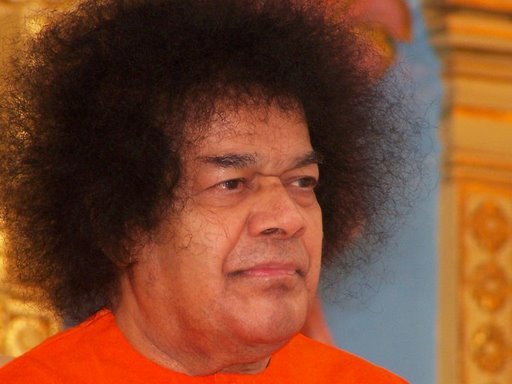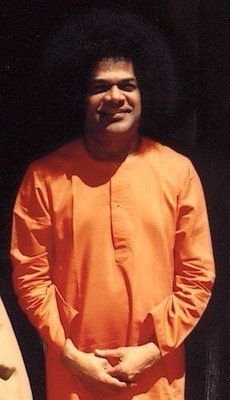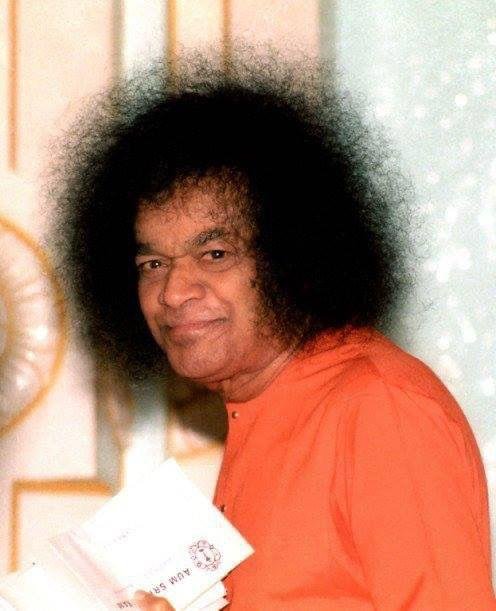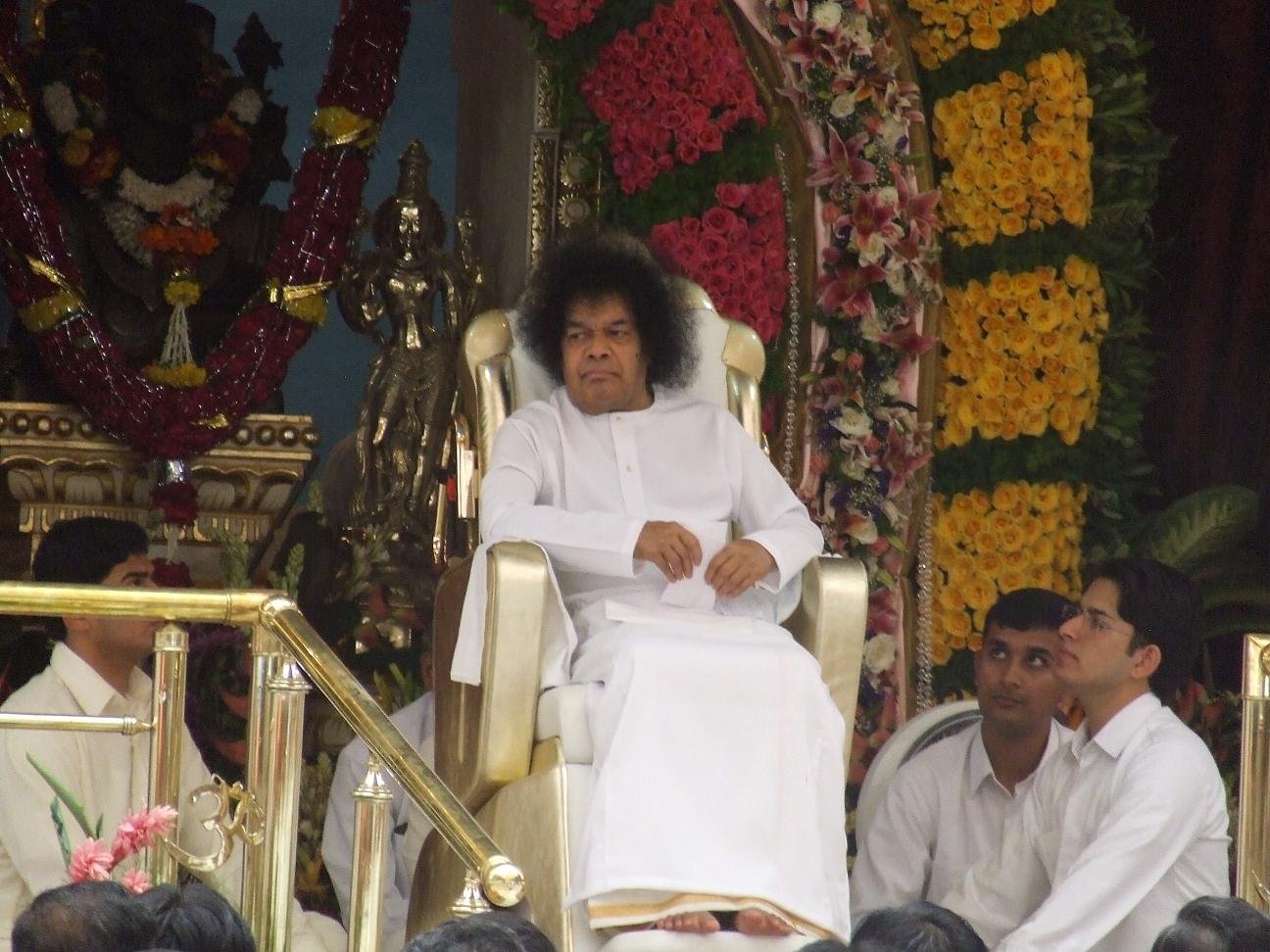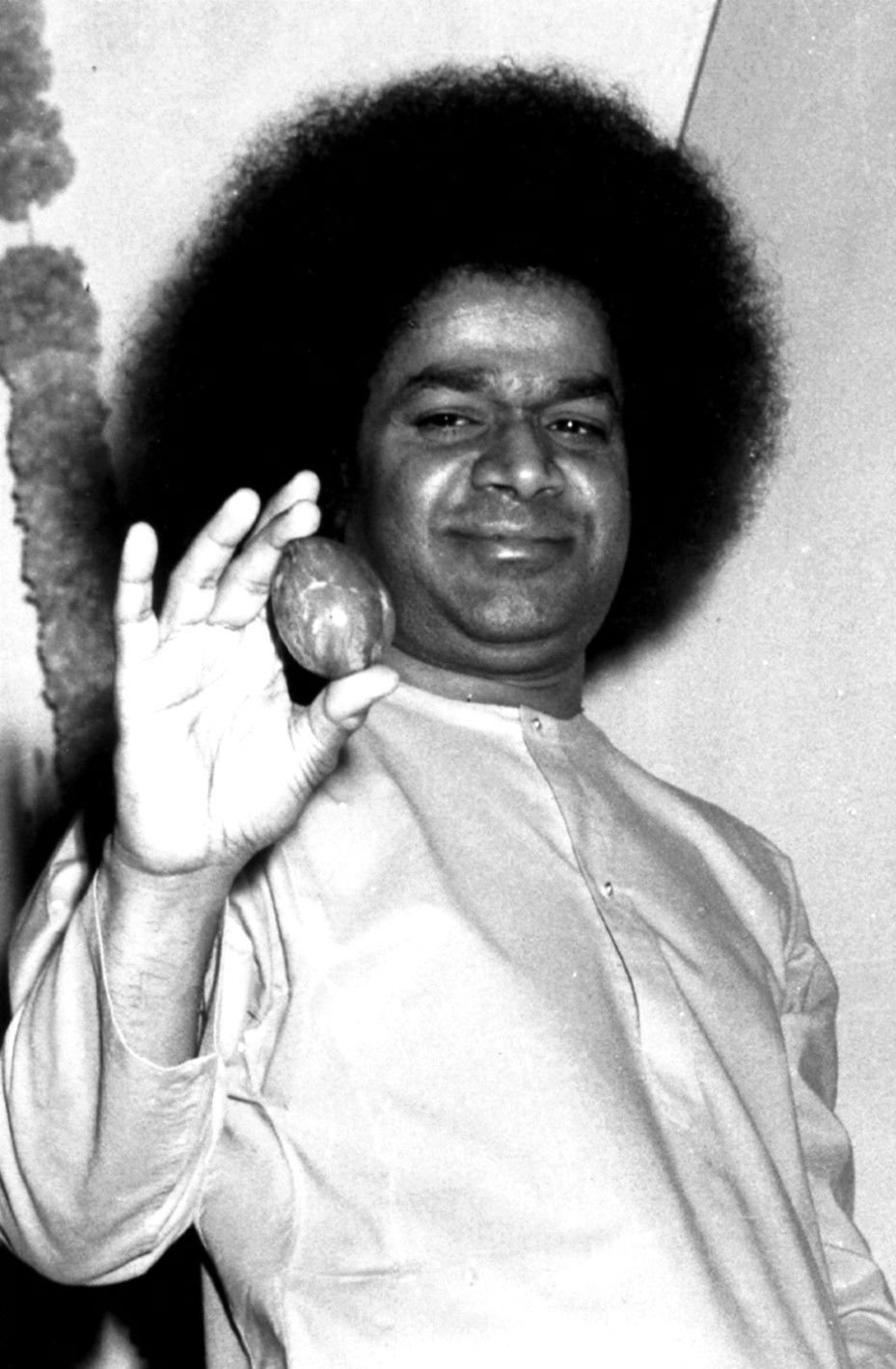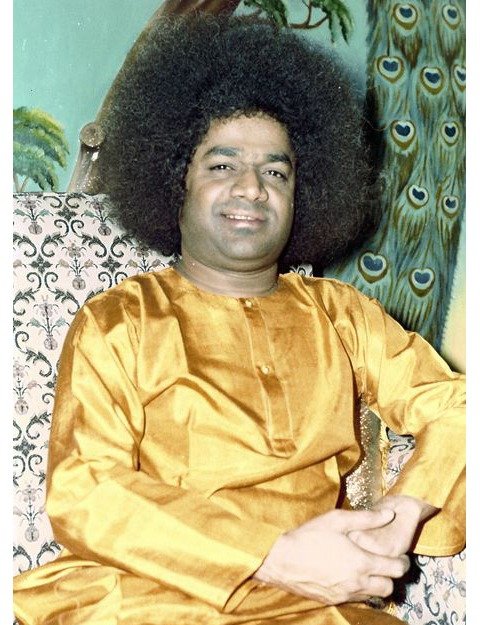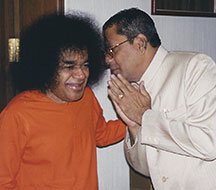Volume Six (1966)
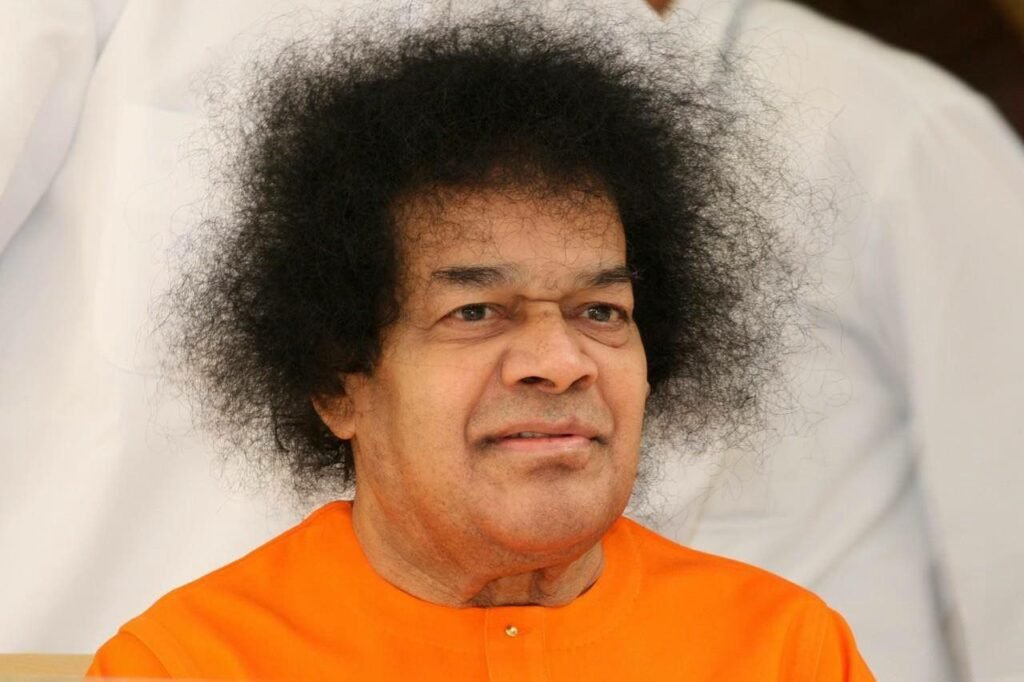
Sathya Sai Speaks, Volume Six (1967–1968) marks an important turning point in Bhagawan Sri Sathya Sai Baba’s mission, as His discourses began reaching a truly international audience. By this time, seekers from different parts of the world were traveling to Prasanthi Nilayam, and Swami’s message was being translated into multiple languages. This volume reflects His growing emphasis on the universal relevance of spirituality—a spirituality that transcends barriers of religion, culture, and nationality.
A central theme of this volume is the Religion of Love. Swami explained that while outer forms of worship may vary—through rituals, scriptures, or traditions—the essence of all faiths is the same: to cultivate love for God and express it through love for all beings. He declared: “Love is God; live in Love.” This was not just philosophy but a call to action, urging mankind to abandon narrow divisions and see itself as one family under God.
Another key highlight is Baba’s teaching on education and youth. During this period, He began shaping His vision for an educational system rooted in values. He declared that knowledge without character is dangerous, and education without morality is meaningless. He called on students to be embodiments of discipline, humility, and service, not merely seekers of degrees. These teachings later became the foundation of the Sri Sathya Sai Institutes of Higher Learning and the global Education in Human Values movement.
Service (seva) again occupies a strong place in these discourses. Swami emphasized that selfless service is the highest form of devotion, since it transforms both the giver and the receiver. He encouraged devotees to actively take part in uplifting villages, caring for the needy, and spreading love without expecting recognition or reward. He explained that service purifies the heart and leads to direct realization of the Divine.
Another striking feature of this volume is the way Swami interpreted ancient scriptures in a modern context. Drawing from the Upanishads, Ramayana, Bhagavad Gita, and other traditions, He explained their inner significance in simple language, making them practical guides for daily life. He also spoke on the importance of sense control, purity in thought and speech, humility, and faith as cornerstones of spiritual growth.
The global dimension of His mission is especially visible in this volume. Devotees from abroad were beginning to recognize Baba not just as a spiritual teacher for India, but as a world teacher, whose message addressed the needs of all humanity. His repeated emphasis on unity, love, and service resonated across cultures, preparing the way for the international expansion of the Sai movement.
In essence, Sathya Sai Speaks – Volume Six can be seen as a manifesto of universal spirituality. It carries forward the earlier themes of devotion, discipline, and service, but now on a wider canvas—addressing humanity as one. These discourses remind seekers that the ultimate path is not found in ritual or doctrine, but in living with love, harmony, and service.
Sathya Sai Speaks, Volume Six (1967–1968) represents a pivotal period in Bhagawan Sri Sathya Sai Baba’s mission, reflecting the transition from national recognition to international awareness of His teachings. By this time, devotees from around the world were visiting Prasanthi Nilayam, and Swami’s discourses increasingly addressed universal human concerns—spiritual, moral, and social. The primary message of this volume is that love is the essence of life and the basis of all true religion. Swami stressed that God is not distant; He resides within every being, and recognizing this divinity is the purpose of human life.
A central theme of this volume is the concept of a universal religion of love. Swami explained that while forms, rituals, and scriptures differ among religions, their essence is the same: cultivating love for God and manifesting it as love for all humanity. He declared, “Love is God, and God is Love; there is no other religion than Love.” This teaching is not only philosophical but deeply practical, calling devotees to practice compassion, tolerance, and selfless service in everyday life.
Education and youth development feature prominently in this period. Swami highlighted that education without character is empty and potentially dangerous. He urged students to cultivate values such as honesty, humility, and self-discipline, and to dedicate their talents to the service of society. These discourses laid the philosophical foundation for the Sri Sathya Sai Institutes of Higher Learning and the later Education in Human Values program that reached global students.
Another key emphasis is selfless service (seva). Swami repeatedly taught that serving others with love and humility is the highest form of devotion, as it allows one to see God in every being. He encouraged practical initiatives—feeding the hungry, helping the sick, and uplifting the poor—and explained that service purifies the heart, reduces ego, and strengthens devotion. These teachings helped institutionalize organized service activities under the Sri Sathya Sai Seva Organizations.
Control of the senses and mind is another recurring theme. Swami emphasized that desires and attachments are the root causes of suffering. He taught methods to master the mind through meditation, prayer, and reflection, explaining that the mind is the key to spiritual progress. Purity in thought, speech, and action, combined with faith and surrender, were presented as essential practices for spiritual seekers.
The interpretation of scriptures in this volume is particularly practical. Swami drew lessons from the Upanishads, Bhagavad Gita, Ramayana, and Mahabharata, showing how their spiritual truths can guide modern life. He emphasized the inner significance of festivals, rituals, and symbols, showing that external forms are meaningful only when they nurture inner transformation.
Finally, this volume highlights the international dimension of Swami’s mission. He envisioned a world in which all humanity sees itself as one family under God. The message of unity, peace, and love transcends cultural and religious boundaries, inspiring seekers worldwide to embrace a life of service, devotion, and moral integrity.
In essence, Sathya Sai Speaks – Volume Six consolidates earlier teachings on self-realization, devotion, and service, while introducing a global perspective. It stands as a guide for living a life of love, harmony, and spiritual awareness, reminding humanity that the ultimate religion is the religion of the heart: Love.





